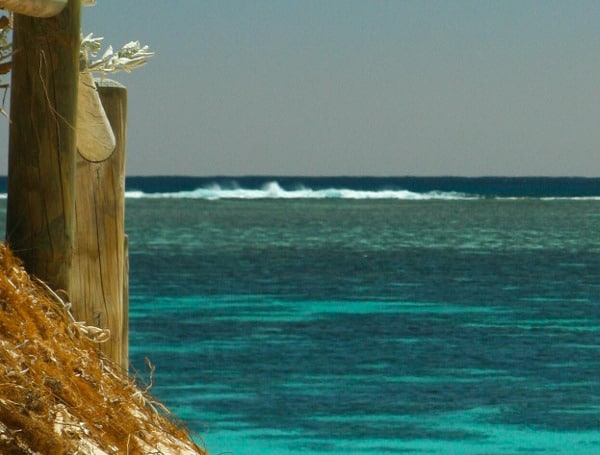TFP File Photo When it comes to weather patterns, El Niño is like nature's switch-up button. This climate phenomenon, part of the broader El Niño-
When it comes to weather patterns, El Niño is like nature’s switch-up button. This climate phenomenon, part of the broader El Niño-Southern Oscillation (ENSO) pattern, can have a significant impact on weather across the world.
As we are in the winter season, it’s crucial to understand how El Niño can affect Florida winters.
In this article, we’ll explore the key impacts of El Niño on the Southeastern region of the United States, with a particular focus on Florida.
Understanding El Niño
El Niño refers to the periodic warming of sea surface temperatures in the central and eastern equatorial Pacific Ocean. This warming disrupts normal weather patterns, leading to a cascade of effects worldwide.
El Niño events typically develop every few years, triggered by the weakening or reversal of the trade winds that blow from east to west across the Pacific.
As warm surface waters move eastward, they accumulate near the coast of South America. When sea surface temperatures in the central and eastern Pacific rise over 0.5 degrees Celsius above normal for an extended period, an El Niño event is declared.
Read: Exploring Florida’s Hidden Natural Gems: A Unique Adventure
Impacts on Rainfall
One of the significant impacts of El Niño on Florida winters is increased rainfall. During El Niño winters, the Southeastern U.S., including Florida, experiences wetter conditions than usual. Central Florida, in particular, sees a significant rise in rainfall during these periods.
On average, Central Florida receives between 8 to 10 inches of rainfall during a typical winter. However, during El Niño winters, that total rises to between 10 and 13 inches, with some locations experiencing as much as five inches above normal. In extreme cases, El Niño winters have even brought 18 inches of rainfall to the region.
The additional rainfall during El Niño winters can have both positive and negative impacts. On one hand, it helps mitigate the wildfire danger that often peaks during the winter months. On the other hand, it can lead to waterlogged grounds, increasing the risk of flooding during the rainy season. If the grounds are already saturated heading into the rainy season, the threat of flooding becomes more significant in the following months.
Effect on Temperature
El Niño can also bring cooler temperatures to the Southeastern U.S., including Florida. While the region is known for its mild winters, El Niño can introduce more frequent cold fronts, occasional frost, and even freezes.
During El Niño winters, the jet stream, an elongated area of fast-moving winds across the country, becomes more zonal, producing less Arctic air outbreaks across the northern tier of the country.
However, this also means that the subtropical jet stream along the Gulf Coast lingers, bringing more areas of low pressure, clouds, and rain. The increased cloud cover and rainfall during the winter help keep temperatures below normal.
Read: Exploring The Diverse Wildlife Of Florida
Impact on Severe Weather
El Niño can elevate the risk of severe weather in the Southeastern U.S., including Florida. The unique geography of Florida, combined with warm Gulf waters, makes it susceptible to strong storms and water spouts during El Niño winters.
As the subtropical jet stream lingers nearby, it provides more opportunities for areas of low pressure to bring very warm and moist air masses to the state. These air masses occasionally clash with cooler and drier air to the north, creating wide swaths of severe weather throughout Florida.
According to the National Weather Service, El Niño winters have historically produced more tornadoes in Central and South Florida compared to “neutral” winter seasons. From 1950 to 2009, El Niño winters generated 248 tornadoes in Central and South Florida, while a normal winter season produced 186 tornadoes. Additionally, several of these tornadoes during El Niño winters were classified as violent EF3 tornadoes or higher.
Preparing for El Niño
Understanding the effects of El Niño on Florida winters is crucial for both communities and governments to prepare and adapt to the challenges posed by this natural climate phenomenon. While El Niño brings both benefits and challenges, being informed and prepared is key to mitigating its effects on the region.
To stay ahead of the weather, it’s essential to rely on accurate and timely information. By staying informed, you can take proactive measures to ensure the safety and well-being of yourself and your community during El Niño winters.
Android Users, Click To Download The Free Press App And Never Miss A Story. Follow Us On Facebook and Twitter. Sign up for our free newsletter.
We can’t do this without your help; visit our GiveSendGo page and donate any dollar amount; every penny helps

